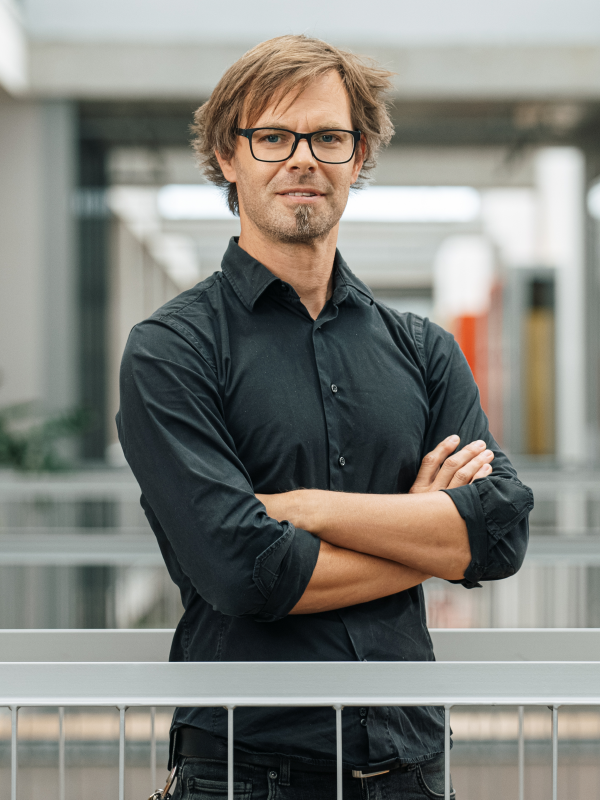- Credits:6
- Semester: winter
- Contents
Machine perception is a rapidly developing exciting field with a wealth of applications available as well as those still to come. This course will cover in depth the mathematics and basic techniques of computer vision which are widely used in a broad spectrum of modern applications. If you have ever wondered what kind of methods devices like Google glasses, Robotic vehicles, Panorama stitching, Photo editing software, etc., use, this course will address that curiosity and more. At the end of this course, the student is expected to have a grasp in the following topics: (i) Basic image processing techniques, (ii) Image derivatives and edges, (iii) Model fitting, (iv) Local descriptors, (v) Stereo vision, (vi) Subspace methods for recognition, (vii) Object detection, (viii) Object recognition, (ix) Basics of motion. The course is composed of (i) the lectures in which we will cover the relevant theory and (ii) exercises in which the students will implement the basic techniques and solidify the theory.
Coursework consists of 6 mandatory two-week assignments (complete them on your own with consultations with the assistant and professor), starting within the first weeks of the course. The assignments are uniformly distributed throughout the semester. More info available at e-classroom.
The course is ranked in the upper quarter in difficulty level (estimated by students) among all courses at FRI. Lots of work, but you'll learn alot as well.
- Study programmes
- Distribution of hours per semester
- Professor


